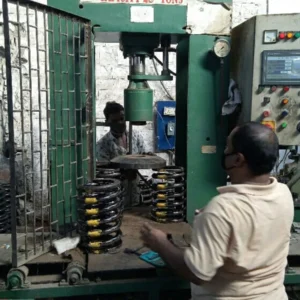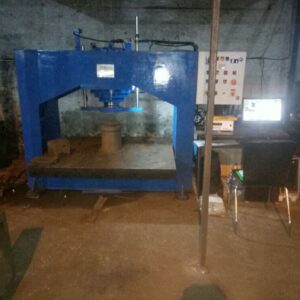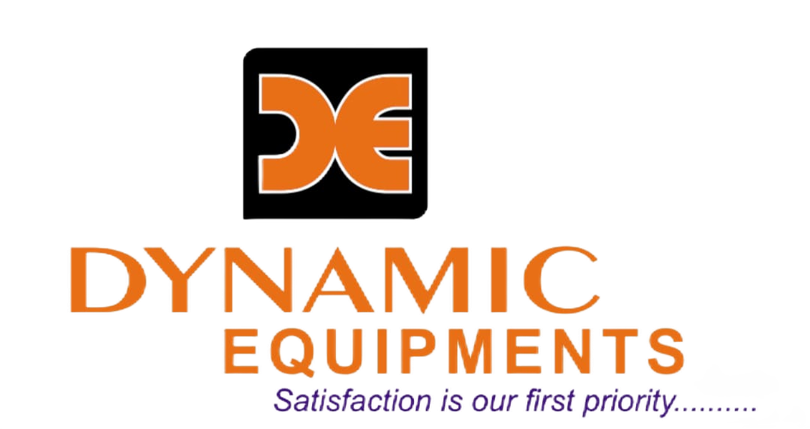A Pull-out Testing Machine (PTM) is a special equipment that measures the strength of fasteners or materials. This is a breakdown of the details, features, and technical specifications.
Features and Details of Pull-out Test Machine:
- Tensile Testing: The Pull-out Test Machine is designed to test the tensile strengths of materials. This is done by pulling on the material until it breaks.
- Versatility These machines are capable of testing a variety of materials including metals and plastics as well as composites and adhesives. They can also test different types of fasteners such as bolts, screws, and anchors.
- Precision Load Measuring: They have precise load cells and force transducers that accurately measure the applied force during testing.
- Multiple test modes: Pullout Testing Machines can offer different testing modes including constant rate extension (CRE), continuous load, and cyclic tests to meet various testing needs.
- Safety Features: These devices are equipped with safety features such as overload protection, emergency stop buttons, and safety enclosures that ensure the safety of operators during testing.
- Data Acquiring: Modern Pull-out Testing Machines are equipped with data-acquisition systems that capture and record real-time test data, facilitating analysis.
Technical Specifications for Pull-out Testing Machines:
- Maximum load capacity: Indicates the maximum force the machine can exert on the specimen without failure, usually measured in kilogramnewtons (kN), or pounds-forces (lbf).
- Test speed: Indicates how fast the specimen is pulled, typically expressed in millimeters/minute (mm/min) and inches/minute (in/min).
- Grip configuration: Defines the types of grips and fixtures that are used to hold the specimen securely during testing. Examples include wedge grips (also known as pneumatic grips), hydraulic grips (also known as hydraulic grips), or pneumatic grips.
- Accuracy Defines the accuracy of the load measurement system. Typically expressed as a percent of full-scale reading, or in absolute units.
- Compliance with Testing Standards: Verifies that the machine complies with relevant standards and specifications such as ASTM ISO or DIN standards.
- Power Requirements Indicates electrical power requirements for the machine including voltage, frequency, and power consumption.
Description:
- Preparation The specimen must be prepared according to the test standard and mounted securely between the grips of the Pull-out Testing Machine.
- Setup Test Parameters, including test speed and load capacity, can be configured via the control panel of your machine or through its software interface.
- Testing phase: The machine gradually increases the pulling force on the specimen until it fails or reaches the test endpoint.
- Failure detection: The machine will detect failure if the specimen breaks before it reaches the endpoint and record relevant data, such as the maximum load, the elongation, and the failure mode.
- Data Analyses: Test results are analyzed to determine the specimen’s tensile, yield, and mechanical properties, as well as any factors that may contribute to failure.
- Reporting A comprehensive report is generated that documents the test procedure, test results, analysis, and any relevant observations, or recommendations for further actions.






Reviews
There are no reviews yet.